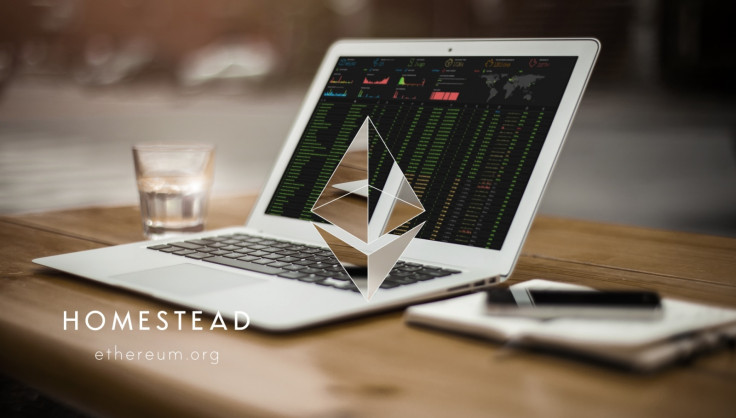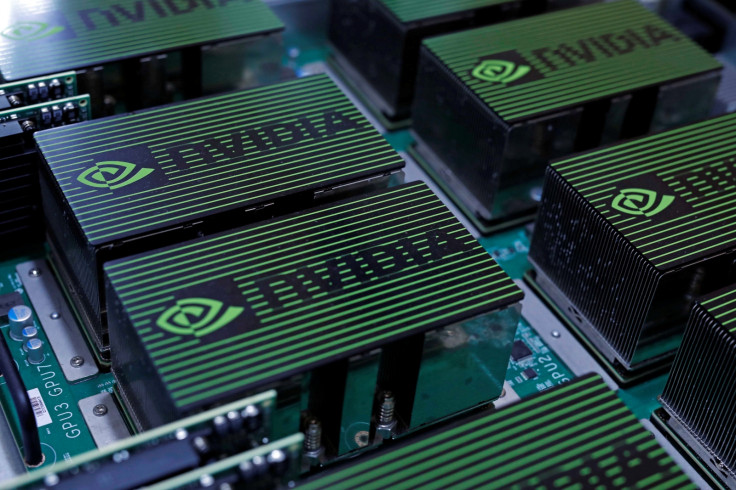Ethereum mining gold rush leads to huge shortage of graphics cards in Germany
Prices for AMD and Nvidia graphics cards have jumped recently and items are now disappearing from shops.
Germany is experiencing a country-wide shortage in mid-range and high-end graphics cards, due to an increasing craze for mining the cryptocurrency Ethereum.
German retailer Mindfactory has completely run out of AMD Radeon RX 500 series graphics cards as well as multiple series of GeForce GTX graphics cards, and doesn't believe it will get any more stock in for at least three months.
According to tech news site Tom's Hardware, prices for graphics cards have risen sharply since June, with prices shooting up by as much as 160% on multiple European and US online retailers – including Amazon.
The sudden increase in demand for graphics cards is believed to be caused by people seeking to use their computers to mine Ethereum. The price of the cryptocurrency was initially quite low over the last two years since it was launched in June 2015. However it has recently shot up by over 2,300%, going from $8.24 on 1 January to $203.30 in May.
The price then peeked at $400 at the end of June, and began to drop. As of 10 July, it is currently worth $221.95, and the price drop has spurred numerous enthusiasts to seek to get in and start mining, so that they can cash in and make a profit the next time the price goes up.
After the price shot up, retailers began raising the price as graphics cards were flying off the shelves, but now that stock is drying up, listings for popular products such as the Nvidia GeForce GTX 1060 and 1070 series, as well as the AMD Radeon RX 570 and RX 580 series, are starting to completely disappear.

How mining works
Cryptocurrencies are digital currencies mined using computers. A miner is someone who uses their computer or network of computers to collect series of cryptocurrency transactions at a regular scheduled time and write them into a list known as a "block", which is then added to a big ledger called the "blockchain".
By turning the transactions into a block, the transactions are also turned into a mathematical puzzle. The first miner to mine a particular block and solve a mathematical puzzle receives a reward – in the case of Ethereum, the reward is 5 Ether, while bitcoin miners receive 25 bitcoins – as well as transaction fees from all the users who sent transactions out during that particular 10-minute-long period.
However, the miner only receives the reward after another set number of blocks is added to the blockchain, as an incentive for the miners to help validate transactions and ensure that all users who send out funds have enough currency in their wallets, and that the miner who got there first actually had the correct answer to the mathematical puzzle.
The blockchain is considered to be exceedingly secure and is now being favoured by banks, because all the transactions are anonymous, decentralised and constantly being verified.
The new gold rush

Mindfactory told Tom's Hardware that the shortage of RX and GTX graphics cards is affecting the whole of Germany, and very possibly the rest of Europe.
IBTimes UK has contacted AMD and Nvidia to find out what they are doing about the situation, but had received no response as of press time.
It looks, however, as if cryptocurrency mining could become a lucrative new market for graphics chipset manufacturers, as they will need to produce more graphics cards to keep up, while sustaining their existing markets for high-end gaming PCs, artificial intelligence and cloud computing.
Ethereum ultimately plans to make the move from "proof-of-work" mining to "proof-of-stake", an algorithm where miners validating the network hold deposits of Ether and can be both rewarded and punished for the way they act.
Currently Ethereum mining using a custom "proof-of-work" algorithm called Ethash that is intended to work well with desktop graphics cards (rather than more specialised hardware). This is leading to a shortage of graphics processor units, as many rush to what's seen as a digital gold rush.
© Copyright IBTimes 2025. All rights reserved.






















